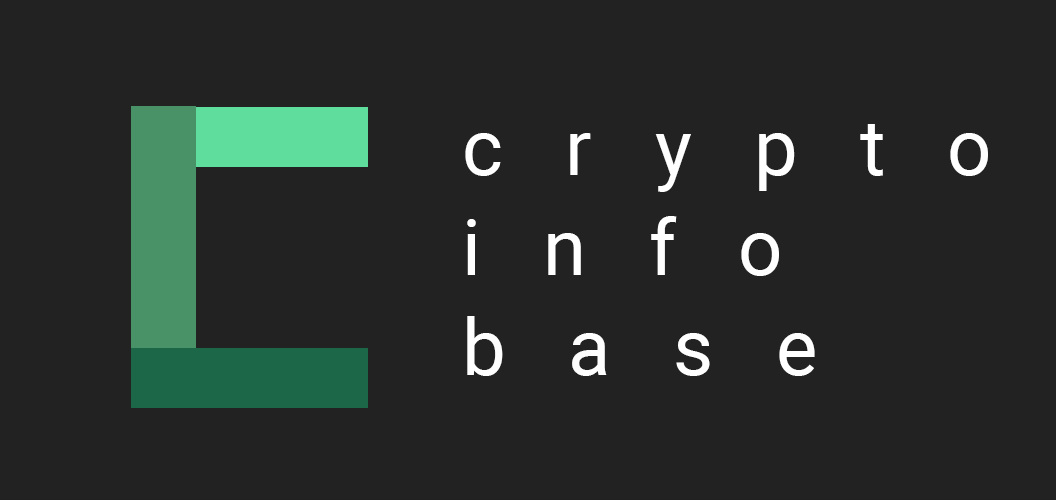Contents
The origin of the $7 billion figure
The number didn’t come from a leak, a court filing, or an on-chain analysis. It came from Gummo’s own words in two interviews on the YouTube channel Soft White Underbelly in March 2022. In the follow-up episode, Gummo says, plainly, “I have over $7 billion worth of Bitcoin.” That line, clipped and re-posted across social platforms, is the seed for nearly every article about their supposed fortune. The interviews are public; the wallets are not.
Within days, crypto and tech outlets amplified the claim, often repeating or extrapolating the math. At Bitcoin’s price that week, $7 billion implied somewhere around 150,000–180,000 BTC. But each of those reports ultimately traces back to the same interviews; none presents independent verification of holdings. Even coverage that entertained the idea framed it as “truth or fiction.”
What’s verifiable about Gummo
There is a public persona. The Soft White Underbelly episodes identify Gummo as a long-time hacker from Jacksonville, Florida, who says they began as a black-hat, later moving into security consulting. The account “@GummoXXX” on X (formerly Twitter) bills the owner as a “former black hat hacker” who “mined 180,000 Bitcoin,” a description that neatly echoes the interview narrative. But bios and interviews are self-published sources. They establish a claim, not its truth.
There’s also ongoing media presence. Beyond Soft White Underbelly, Gummo has appeared on podcasts and in community discussions through 2024–2025, retelling the arc – from early hacking to Bitcoin mining and white-hat work. Again: consistent storytelling, not proof of assets.
What’s missing: wallet evidence, corroboration, and context
For anyone claiming nine- or ten-figure Bitcoin wealth, the cleanest corroboration is public wallet evidence or a signed message from long-held addresses. Gummo has provided neither. There’s no independent attribution of large early-mined coin stashes to Gummo, and no forensic firms or researchers have publicly linked a trove to them. That absence doesn’t prove the claim is false – it simply leaves it unverified.
Skeptics – including prominent figures in the cybercrime-to-security world – have openly questioned the story, pointing out that extraordinary claims should be accompanied by extraordinary receipts. Their critiques, while opinionated, underscore the core problem for any net-worth estimate here: we’re being asked to trust, not to verify.
How big would the fortune be – if the claim were real?
If you take Gummo’s 2022 statement at face value, the implied coin count then was often estimated between ~150,000 and ~180,000 BTC. Apply today’s price and the numbers balloon. With Bitcoin around $109,000, that hypothetical range would translate to roughly $16.4–$19.7 billion before taxes or any leverage, custody costs, or off-chain liabilities. That would place a pseudonymous hacker among the wealthiest Bitcoin holders in history – on paper. But again, this is scenario math, not a measurement of a real, attributable wallet.
Why the story spread
The narrative is frictionless: an archetypal redemption arc – black-hat to white-hat – paired with a lottery-ticket bet on early Bitcoin mining, and delivered in a viral-ready soundbite. It’s the kind of story that financial and crypto media love because it drives clicks and commentary. But the coverage chain is telling: most articles cite the interview; few add independent reporting. Even sympathetic write-ups flag the uncertainty in their headlines.
What a journalist would ask for
If Gummo wanted to put the question to bed, several steps could move the claim from lore to fact:
- Signed messages from old addresses. A short phrase, cryptographically signed by keys controlling coins from the period Gummo says they mined, would strongly support the claim without doxxing private details.
- Third-party attestation. A trusted forensic firm could verify control of specific wallets under NDA and publish a high-level attestation (balances, provenance, lack of taint) without revealing addresses.
- Selective proof of reserves. Even showing control of a small, representative portion of the alleged holdings – with mixing history accounted for – would be a meaningful proof-of-life.
So far, none of that has been produced publicly.
The bottom line
As of today, “Gummo’s net worth” is not a knowable data point. It’s a widely repeated, self-reported claim from a pair of viral interviews – intriguing, memorable, and entirely uncorroborated. If the underlying holdings exist, the on-chain tools to demonstrate them are well understood. Until that happens, the only responsible description is this: unverified.
If you need a number to print, you’ll find $7 billion splashed across crypto sites and social feeds; just know that every one of those stories leads back to the same source material. Treat it as a claim, label it clearly, and don’t round it up into fact.




